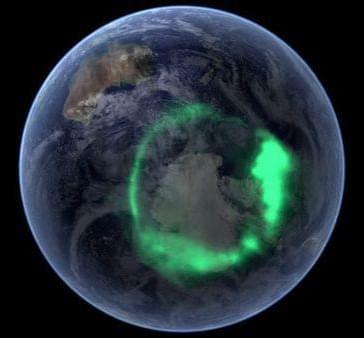The Tesla Model Y has topped Sweden’s automotive registrations regardless of powertrain type in the first half of 2024, as shown in new data.
The Model Y was the most-registered vehicle in Sweden in the first six months of this year, according to data from Mobility Sweden reported by Carup on Monday. The Model Y topped the charts overall with 7,386 units registered, despite a 20 percent decline in overall EV sales. The Model 3 landed 14th overall in the six-month period, while electric options from Volvo, Toyota, Polestar, and Volkswagen were also some of the most registered.
“It is gratifying that the proportion of electric cars reached the best for the year in June, but at the same time we see a stagnant market, which leads to a gradually aging vehicle fleet,” said Mattias Bergman, CEO of Mobility Sweden. “In order to meet the climate goals and strengthen Sweden’s competitiveness, it is crucial that electrification is accelerated.”









